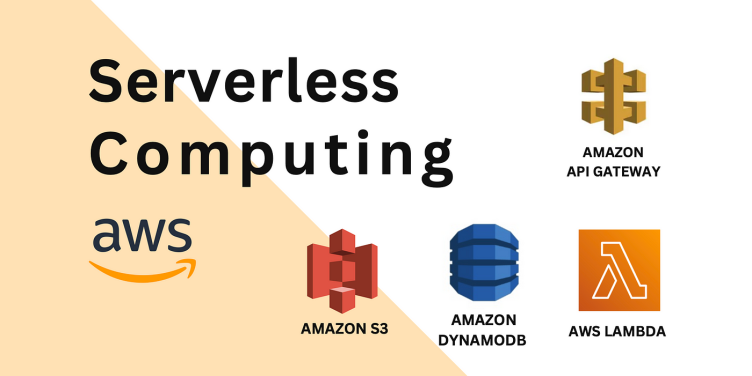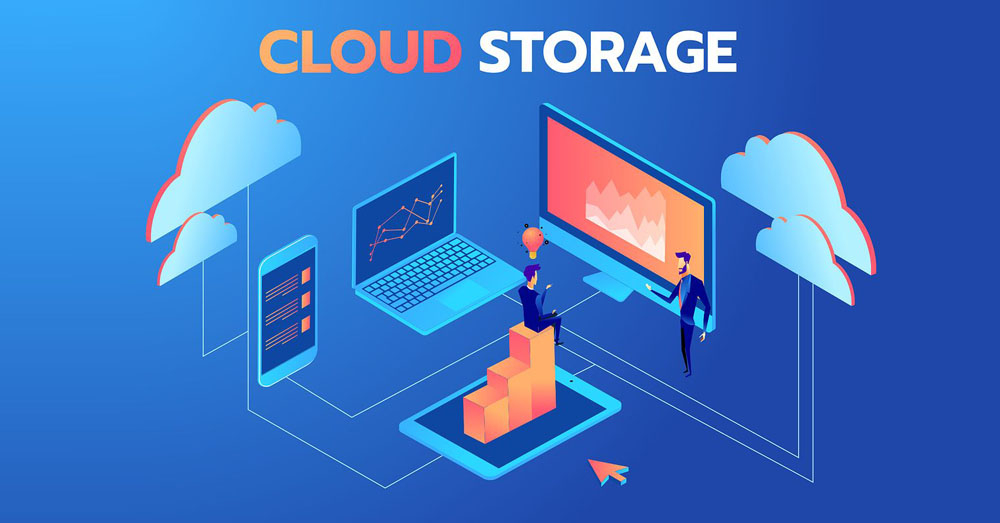Mastering Cloud Migration with AWS Application Migration Service: A Technical Deep
Introduction
Welcome to an in-depth exploration of the technical nuances of leveraging AWS Application Migration Service for a seamless transition from on-premises and cloud-based applications to the dynamic realm of Amazon Web Services (AWS). In this technical blog post, we will unravel the intricacies of this powerful migration tool, equipping you with the knowledge to master application migration.
Understanding the Underlying Mechanisms
AWS Application Migration Service functions as a bridge between the source environment and the AWS infrastructure, orchestrating a multi-step migration process that guarantees minimal disruption. Let's dive into the key technical aspects of this service.
Server Discovery and Assessment
The journey begins with understanding the source environment. AWS Application Migration Service employs a connector agent to perform server discovery, identifying servers, their configurations, and resource utilization metrics. The agent compiles metadata such as CPU usage, memory consumption, and network performance. This data is pivotal in crafting an effective migration strategy, ensuring optimized resource allocation in the AWS environment.
Continuous Data Replication
The heart of this migration strategy lies in the continuous data replication process. Here's how it works:
1. Initial Replication: Upon server discovery, the service initiates an initial replication process. It creates a "seed" Amazon Machine Image (AMI) on AWS, representing the source server's configuration, data, and applications.
2. Incremental Replication: Subsequent data changes on the source server are continuously tracked. AWS Application Migration Service employs block-level replication to capture only modified data, optimizing efficiency. These incremental changes are then replicated to the target AMI on AWS, ensuring data consistency.
3. Network Optimization: The service minimizes network impact by using compression and data deduplication techniques. This reduces bandwidth consumption while maintaining synchronization accuracy.
Server Migration Workflow
1. AMI Testing and Validation: The service isn't just about data replication; it's also about ensuring application viability. The replicated AMI is spun up in an isolated network environment, a process known as Test & Cutover. This sandbox environment allows for thorough testing, validating application compatibility, and identifying any potential issues before the final migration.
2. Automated Testing and Rollback: Automated tests are executed in the testing environment, evaluating application functionality and performance against predefined criteria. If any discrepancies are detected, the service employs automated rollback mechanisms to revert to the source environment. This safeguards against failed migrations and application downtime.
Technical Implementation Steps
1. Source and Target Environment Configuration:
- Define the source environment: Configure agent settings, credentials, and connection details.
- Set up the target AWS environment: Define Virtual Private Cloud (VPC), subnets, security groups, and key pairs.
2. Agent Installation and Server Discovery:
- Install the connector agent on source servers to facilitate discovery and data collection.
- The agent communicates with the service to provide comprehensive server metadata.
3. Replication and Testing:
- Initiate initial replication: Create the seed AMI on AWS, capturing source server configuration and data.
- Spin up the replicated server in a sandbox environment for thorough testing.
- Validate application performance, dependencies, and integration with other components.
4. Validation and Final Migration:
- Run automated tests to validate application functionality, performance, and data integrity.
- Upon successful validation, proceed with the final migration process.
- Monitor the migration process, leveraging AWS CloudWatch for real-time insights.
Conclusion
In the realm of cloud migration, AWS Application Migration Service stands as a formidable ally for businesses seeking seamless, efficient transitions. Diving into the technical intricacies of this tool, we've uncovered its core mechanisms: server discovery, continuous data replication, server migration workflow, and automated testing.
Armed with this technical prowess, you're poised to embark on a migration journey that marries application stability with AWS's dynamic infrastructure. At Cloud Einsteins, we're excited to witness how mastering AWS Application Migration Service will empower your organization to navigate the cloud landscape with confidence, unlocking new horizons of scalability and innovation.







